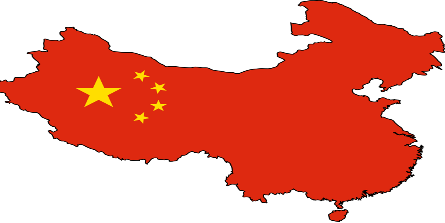Liesl Venter reviews the markets that use South Africa as an incentive travel destination.
MICE travel benefits a much deeper supply chain than leisure tourism. Offering high income and high profits, it is a sought-after piece of industry pie, fiercely contested across the world.
This competitiveness, combined with South Africa’s distance from most of its source markets, makes growing the sector challenging.
“Organisers increasingly focus on deriving maximum value out of their programmes,” says Amanda Kotze-Nhlapo, Chief Convention Bureau Officer at the South African National Convention Bureau (SANCB). “We are a long-haul destination, making travelling distance a challenge, but when a group is on the ground in South Africa, we can compete with the best, most cost-effective and most aspirational destinations in the world.” She says incentive programmes offer great value for money and once-in-a-lifetime experiences for travellers.
Corne Koch, head of the Cape Town and Western Cape Convention Bureau that operates under the auspices of the Western Cape tourism, trade and investment promotion agency, Wesgro, agrees that herein lies the country’s greatest benefit.
“Incentive travel provides motivational experiences that create legacies, with memories that live for a lifetime. The magic that is created in the travel experiences, the attention to detail and provision ofa local flavour always leave the traveller with a feeling of being appreciated.”
According to Kotze-Nhlapo the SANCB’s focus has mostly been on incentive houses and corporate travel agencies. “Europe and the United States are strong, established markets for incentive travel to South Africa, while China, Brazil and India are performing well as shorter-haul large, emerging markets,” she says.

“BRICS countries are showing more activity in the corporate meetings and incentives sphere, and India, in particular, is becoming a key growth market for incentive travel to South Africa.”
But according to Daryl Keywood, MD of Walthers DBS, traditional incentive markets in Europe have been slow. “Clients are still applying austerity measures, and long-haul incentives to Southern Africa are still viewed as perhaps too glamorous for many companies.”
The Brazilian market, he says, has rebounded strongly this year, with several incentive programmes all in the 30- to 50-participant range.
In the Western Cape, says Koch, the US remains an attractive target market to strive for, but China, India and South-East Asia are all showing high interest in South Africa.
Joanne Holroyd, Senior Incentive Programme Manager for Tourvest Incentives, Meetings and Events, says Middle Eastern countries are showing interest in South Africa.
“Industries are various and there is no particular pattern. Companies choose South Africa for the ease of travel, the general value for money and the multiple cultural and wildlife activities and experiences offered.”
With such a diverse product offering, South Africa is on the wish list, says Nik Lloyd-Roberts, Commercial Manager of Federal Airlines. “South Africa really is a bucket-list destination thanks to its uniqueness. Instability in other countries has also added to the destination becoming more appealing.”
According to Kotze-Nhlapo, interest in South Africa stems from the automotive, fast-moving consumable goods and commercial sectors. “Emerging markets like India and China offer a great opportunity for South Africa to bid for large incentive groups consisting of 1 000 plus participants.”

She says the country is promoted to the incentive market by targeting key decision makers at business events trade exhibitions. “Most of the incentive leads for South Africa are sourced from trade exhibitions like IMEX Frankfurt, IMEX America and IBTM events. These platforms are also the most cost-effective means of sourcing leads for the country,” she says.
“We also participate in various smaller ‘desktop’ sales events such as targeted marketing sessions that are very market specific. If South African Tourism’s country offices engage with a potential lead, they pass it on to the SANCB for execution and conversion.”
According to Keywood, while SANCB understands the value and high spend of incentive travel, lack of research remains a challenge, and results in the sector not receiving the support that it deserves.
“The data is still lacking,” confirms Kotze-Nhlapo. “We are working closely with the local Society for Incentive Travel Excellence (SITE) chapter to develop a reporting mechanism to capture data to review performance and contribution to arrivals.”
The average incentive participant falls into the early 30s to late 40s age group, although younger incentive travellers are on the increase. “The younger group comes with its own challenges. In the past we would have a 100% of the participants in a group attend every excursion. The younger attendees want to do their own thing,” says Keywood.
Group type and age do play a huge role, says Koch. “The younger generation of travellers tend to be more adventurous and socially conscious while the older generation need a more sophisticated approach.”
Although corporate travel often depends on how the economy performs, the importance of incentive travel is still well recognised by companies. “The groups might be smaller and less frequent during tough economic periods, but incentive travel still receives budget.” says Koch.






















